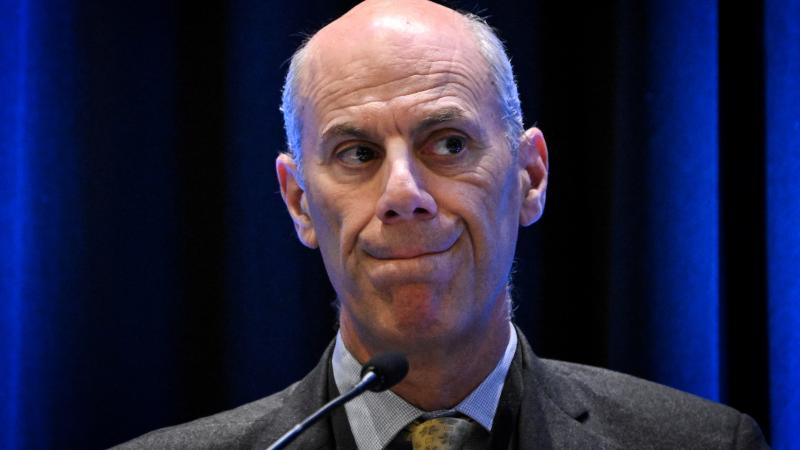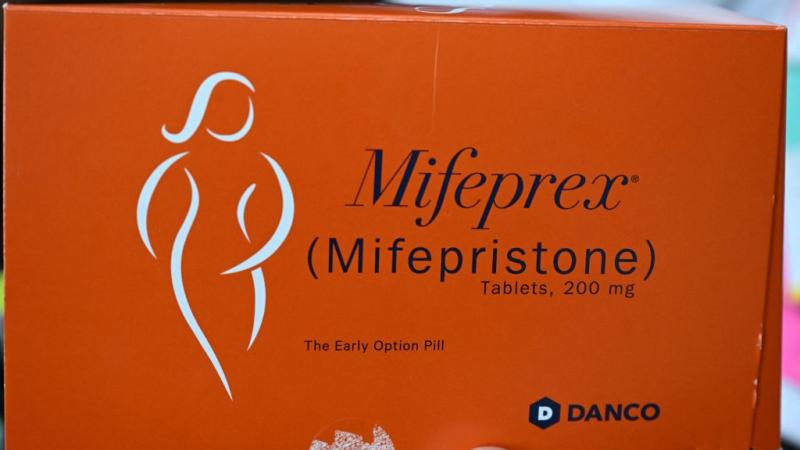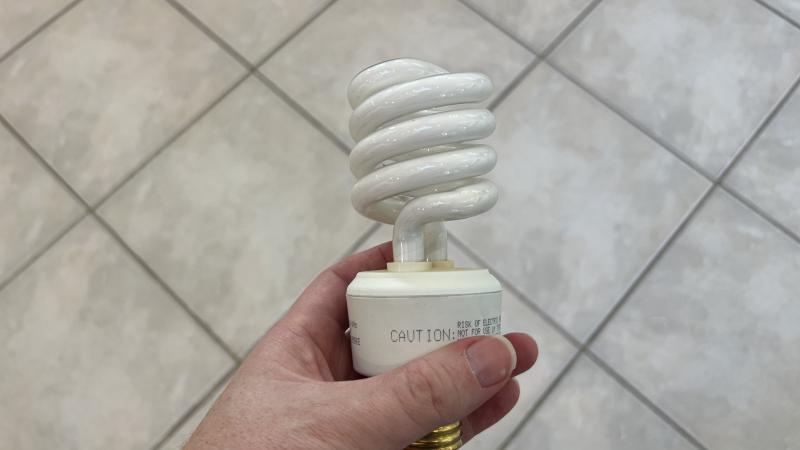Railroad reluctant to say who OK’d chemical burn after derailment
Norfolk Southern CEO Alan Shaw said that a unified command team – led by a local fire chief in East Palestine, Ohio and Ohio Gov. Mike DeWine – OK’d the “controlled release” plan on Feb. 6.
The railroad at the heart of the hazardous train crash near the Ohio-Pennsylvania border offered vague answers Monday about who agreed to burn the derailed cars carrying vinyl chloride.
Norfolk Southern CEO Alan Shaw told the Senate Veterans Affairs and Emergency Preparedness Committee that a unified command team – led by a local fire chief in East Palestine, Ohio and Ohio Gov. Mike DeWine – OK’d the “controlled release” plan on Feb. 6 to prevent a dangerous explosion that would have spread contaminants and deadly shrapnel across the region.
Majority Chairman Doug Mastriano, R-Chambersburg, questioned the use of “controlled” to describe the railroad’s decision to set the train cars on fire and watch plumes of smoke drift for miles over homes and farmland.
“You’re blaming it on a chief in East Palestine, correct?” he said. “So your cars are on fire, it’s your rail, it’s your incident and you’re going to leave it to a local fire chief who’s likley never had to deal with this before?"
Shaw reiterated that other members of the command team provided expertise that helped local and state officials move forward with the plan.
“I think it’s important to know the vent and burn worked,” he said. “The air testing throughout the process … notes that the air is clean.”
“We avoided the potential for a catastrophic uncontrolled explosion,” he added.
According to experts in both environmental contamination and forensic railroad accident investigations, however, Shaw omitted critical facts about the company’s history of derailments, its neglected infrastructure, and that its current chemical testing falls far short of adequate.
Andrew Welton – a professor of Civil, Environmental, and Ecological Engineering at Purdue University – said the derailment and subsequent burning impacts as many as 37 million people living in the five-state region.
He said federal, state and local agencies tasked with testing the air, water and soil for contamination are doing so inconsistently and not screening for several chemicals that would be tied to the accident.
“It’s unclear who is advising these agencies about what to test for,” he said. “This should be urgently addressed.”
The comments come less than a month after the committee issued subpoenas to compel Shaw’s testimony and demand the release of documents that substantiate the validity of the railroad’s emergency response and subsequent contaminate testing.
Last month, Pennsylvania Gov. Josh Shapiro sent a scathing letter to Shaw that lambasted Norfolk Southern for prioritizing speed over safety in its quest to get the rail line open as quickly as possible.
Shaw deflected this and other criticisms that have been lobbed against the railroad since the Feb. 3 derailment. He said Norfolk Southern will support impacted communities financially for years to come. Earlier this month, Shaw and Shapiro agreed to an initial $7.4 million reimbursement payment for local emergency response costs and hardships faced by residents and businesses in Beaver and Lawrence counties.
“This financial assistance is just a down payment,” he said. “We will continue to invest in the impacted communities for as long as it takes to help people in the area to recover and thrive.”
Despite Shaw’s reparations pledge – the same one he reiterated before Congress on March 9 – residents in western Pennsylvania remain distrustful of the railroad’s efforts, The Center Square previously reported.
Lawmakers on the committee share in that skepticism, particularly without documentation that supports Norfolk Southern’s claims that the burning didn’t contaminate air or water.
Minority Chairwoman Katie Muth, D-Royersford, told Shaw that without hard data – and the adverse health effects reported by residents – it’s “really difficult” to believe his testimony.
“I don’t know how anyone can say that it worked or that no harm was done,” she said.













